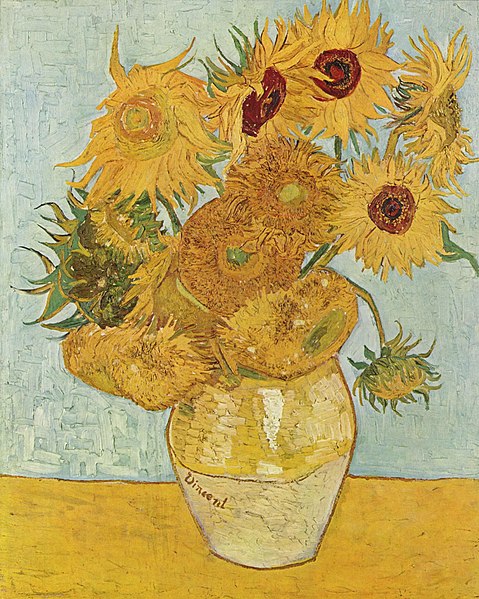To visualise a sequence of events that heighten suspense and tension in a narrative.
INTENT
To communicate a building of suspense or tension, using a wordless narrative.
EXAMPLE
"All work and no play makes Jack a dull boy" - The Shining. (1)
ANALYSIS
The above clip made creative use of camera angles and movements throughout. The presence of slow panning shots and decreasing symmetry as the clip goes on reflects the character's descent into madness. This is complimented by the slow crescendo of stringed instruments in the background. A particular camera angle favoured in this clip is from below, looking up at the character(s), which conveys an element of vulnerability - increasing the suspenseful atmosphere even more.
 |
| Storyboard for "All work and no play makes Jack a dull boy" - The Shining. |
When filming sequences that build suspense, it is important to have subjectivity. In the movies of Alfred Hitchcock, this is used to share the experience between a character and an audience, so that both feel suspense. "The audience will believe it is sharing something personal with the character. This is what Hitchcock calls "pure cinema"." (2) Another important element when building suspense is the ability to increase tension in the sequence. This can be done by having the audience receive information that the character does not possess, leading them to wonder what will happen when the character finds out for themselves. "Let the audience know something that your characters don't. If the audience is hooked, they'll want to know what happens, and if it matches what they believe." (3)
EXPERIMENT/CONTENT
I have illustrated a journey that I normally take, and have applied the devices analysed in the aforementioned film clip to add a sense of tension and drama to my sequence. The sequence is without narrative and drawn using fineliners and promarkers.
EVALUATE
I am pleased with the experiment, as I have managed to present suspense throughout by using different angles and changing the focus of the panels. The effective use of grey and black give form to shadows and mysterious elements - such as the silhouetting of the two figures. In this, I believe I have presented appropriate lighting - one example being the light filtering through the bus windows and onto the seats. I have replicated the repetition of shot seen in "The Shining" in the second and third panels, which demonstrate movement of the character while keeping the focus on the bus stop. Another effective element of the sequence is my use of perspective, which is noticeably consistent between the fourth and final panels.
----------------------------------------------------------------------------------------------
(1) YouTube. (2016). THE SHINING (1980) - "All work and no play makes Jack a dull boy" [HD]. [online] Available at: https://www.youtube.com/watch?v=jeOevu4zC5o [Accessed 4 Apr. 2016].
(2) The Art of the Guillotine. (2016). Suspense Film Editing | Art of the Guillotine. [online] Available at: http://www.aotg.com/index.php?page=suspense [Accessed 4 Apr. 2016].
(3) Perry, C. (2015). How to Keep the Audience on the Edge of Their Seat. [online] Film Slate Magazine: Your Hub for Moviemaking Tips and the Insightful Commentary on Indie Film, Television and Hollywood. Available at: http://www.filmslatemagazine.com/building-suspense-how-to-keep-the-audience-on-the-edge-of-their-seat/ [Accessed 4 Apr. 2016].










 (2)
(2)



